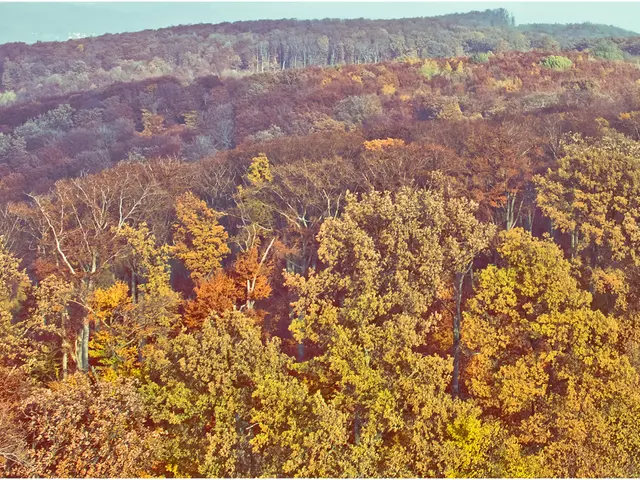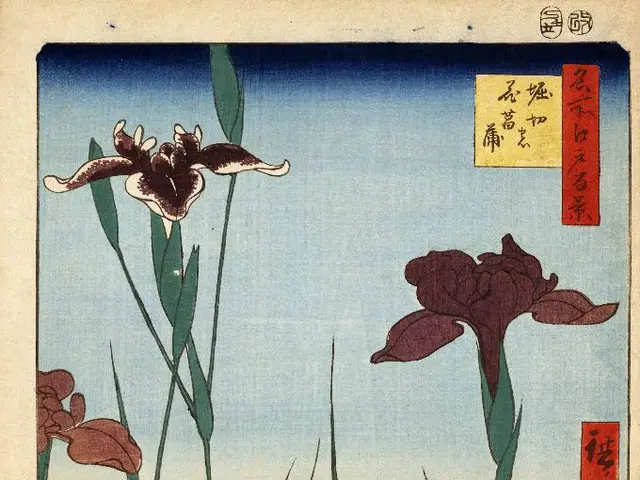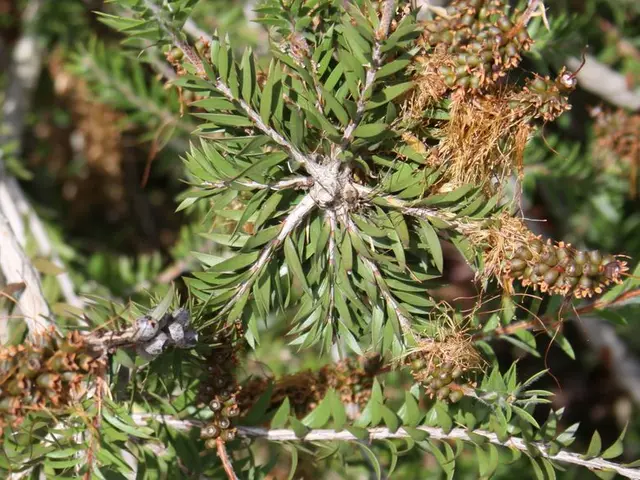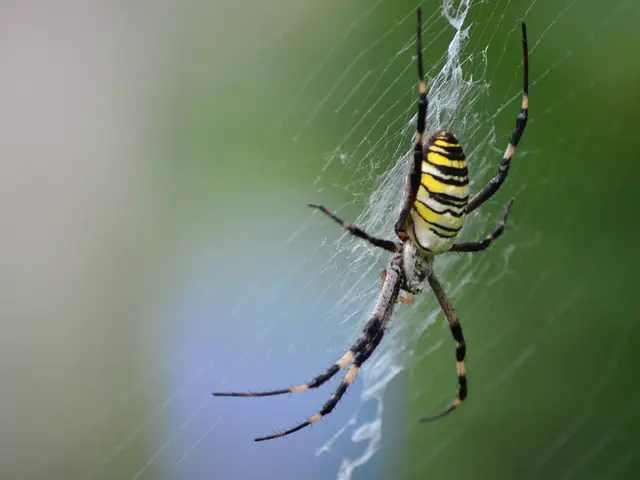Pondering Over Planting Poinsettias Outdoors?
During the yuletide season, poinsettia plants make an appearance. They become a captivating centerpiece for your table or a standard for holiday decor around your home, and there's a good reason why! Their bold, crimson foliage complements the festive color scheme beautifully, but as you may have noticed while tending to a live poinsettia, its vividness starts to diminish shortly after the holiday season ends.
If you've considered displaying your favourite holiday plant across your living space, you might have pondered about planting it outdoors. After all, it would be a charming way to spread holiday cheer beyond your dining table. But can poinsettias be planted outside? In this article, we'll explore the optimal poinsettia care guidelines and solutions for successfully cultivating your beloved variety year-round.
Can Poinsettias Be Planted Outside?
Surprisingly, contrary to their usual indoor residence, poinsettias can be planted outdoors for a change in your outdoor holiday decorations. However, this change in location requires some precautions. Firstly, they should be planted after the last predicted frost.
Poinsettias hail from Central America and Mexico, where they thrive in warmer climates. If planted outside too early and exposed to freezing temperatures, you risk damaging or even killing your plant. The ideal temperature range for poinsettias to flourish is between 65 to 75 degrees Fahrenheit. They can endure temperatures around 50 degrees Fahrenheit, but no colder. If you intend to display a mature poinsettia outside for festive, outdoor Christmas decor, make sure the temperature remains above 50 degrees and bring it back indoors within a few hours.
How To Grow Poinsettias Outside
Before embarking on the journey of growing your own poinsettia, establish your hardiness zone to ascertain if your area is suitable for poinsettias. These plants thrive best in zones 9 to 11, but it is essential to continue monitoring the temperatures to prevent exposure to freezing conditions.
Here's your comprehensive guide to everything from the soil type for planting poinsettias outdoors to the optimal watering schedule:
Time of Year to Plant
The best time to sow poinsettia seeds or propagations is in March or late spring, after the threat of frost has passed. If you already have a poinsettia in a pot indoors, expose it to at least six hours of indirect sunlight daily.
Soil Type
Choose well-drained, loose, slightly acidic soil enriched with organic matter for planting your poinsettias.
Sunlight
Poinsettias thrive in warm weather, but they dislike direct sunlight, as it tends to fade their vibrant colors. The ideal location for poinsettias is in a shaded spot with at least six hours of indirect sunlight daily.
Water
Frequency of watering for poinsettias depends on how often their soil dries out. Ensure the soil is kept moist but avoid overwatering, as it may result in root rot. Test the soil moisture regularly by feeling the top layer with your finger; when it's dry, provide your plant with some water, but be mindful not to overdo it.
If you're looking for Gardening Ideas beyond traditional holiday decor, consider planting poinsettias outside during the warmer months. SouthernLiving provides comprehensive guides on how to grow poinsettias outdoors, including the ideal time to plant and the required soil type. Additionally, perennial flowers can provide a beautiful contrast during Holidays Occasions, complementing the festive color scheme while offering year-round blooms.








